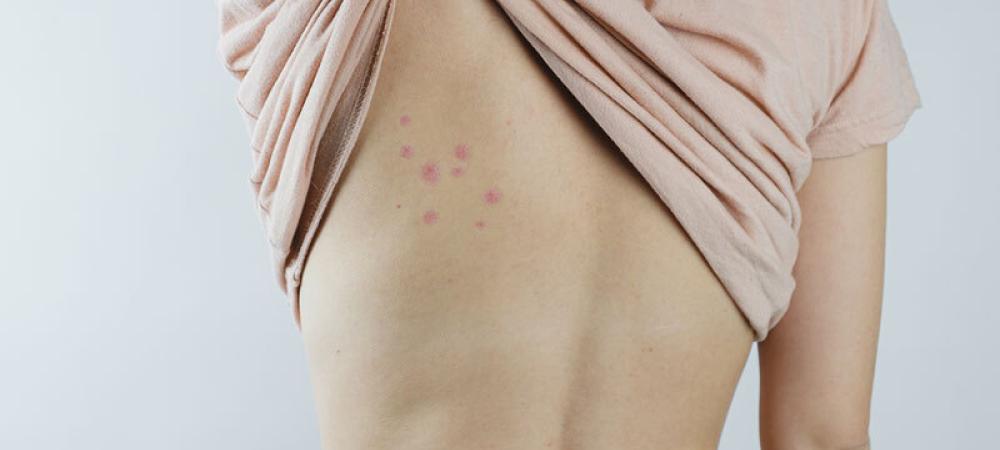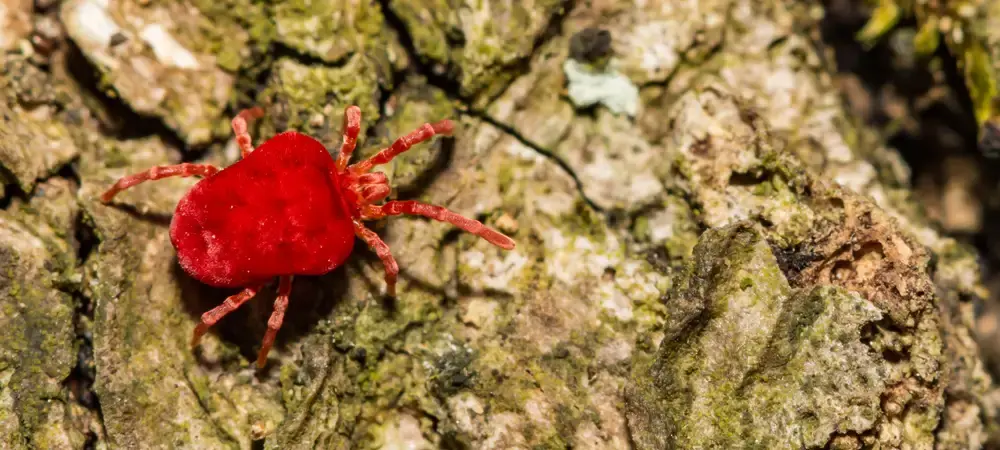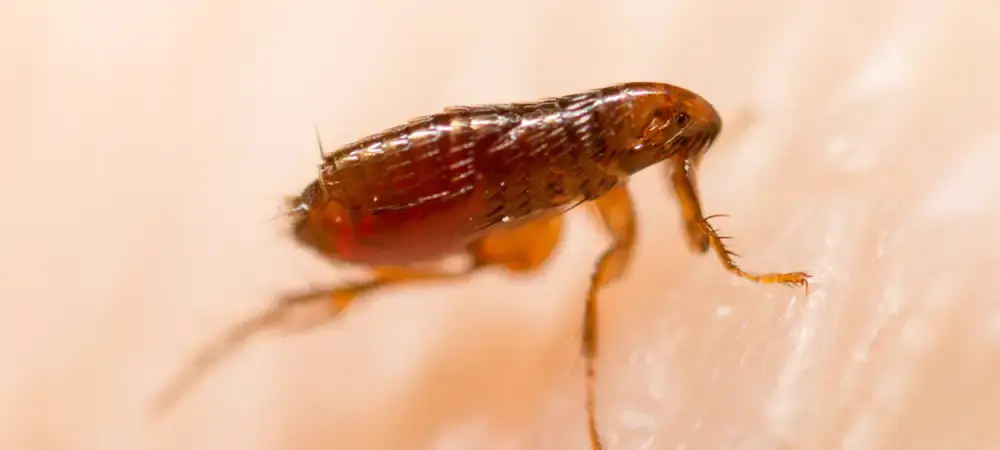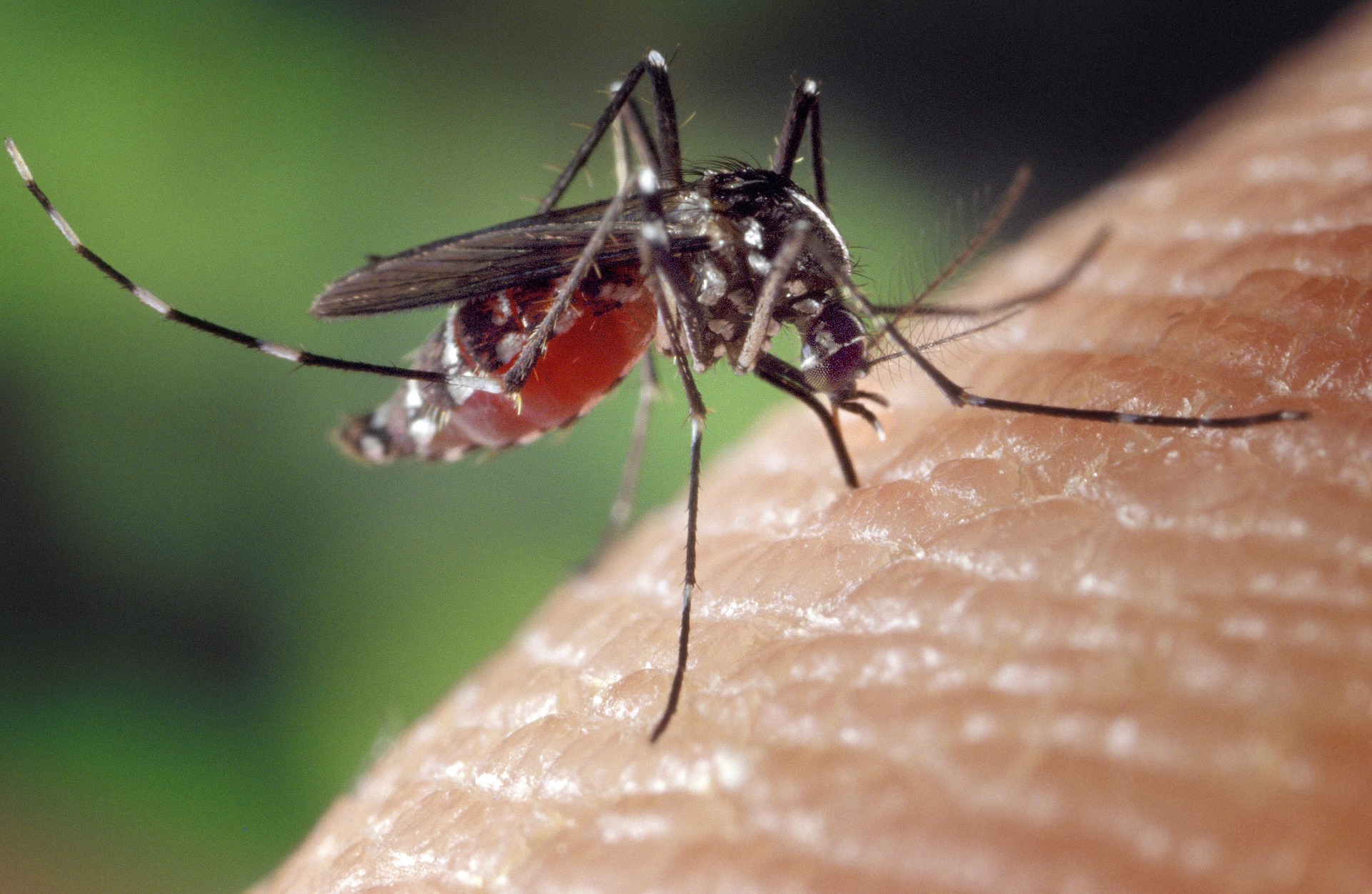Identifying Bites: Chiggers vs Fleas vs Mosquitoes

Summer outings and cozy evenings by the fireplace can quickly turn into uncomfortable experiences if you find yourself dealing with insect bites. Among the many potential culprits, chiggers, fleas, and mosquitoes are common pests known for their irritating bites. In this comprehensive guide, we'll explore the key differences between chigger, flea, and mosquito bites, helping you identify each and providing effective tips for relief.
Chiggers

Chiggers are minuscule arachnids belonging to the Trombiculidae family. They are barely visible to the naked eye, measuring around 1/150th of an inch. In their larval stage, chiggers are typically red or orange, and they become more translucent as they feed on their hosts.
Chiggers thrive in tall grasses, shrubs, and wooded areas. They are particularly prevalent in damp, shaded environments. When humans or animals come into contact with chigger-infested vegetation, the larvae attach themselves to the skin and feed on the host's fluids.
Chigger Bite Characteristics
Chigger bites are cause intense itching and can develop into red welts. Contrary to popular belief, chiggers do not burrow into the skin but instead inject digestive enzymes that break down skin cells, creating a feeding tube. The resulting itchiness is a reaction to these enzymes.
Appearance
- Chigger bites typically appear as red, raised welts with a central puncture point.
- The bites are often clustered in groups, forming a rash-like pattern.
Location
- Chiggers prefer areas with thin skin, such as ankles, waist, armpits, and behind the knees.
- They often target folds and creases where clothing is tight.
Timing
- Chigger bites are most common during warm months, as these pests thrive in humid conditions.
Symptoms
- Itching is the primary symptom and may become more severe within a few hours of the bite.
- Scratching can lead to secondary infections, so it's essential to resist the urge.
Chigger Bite Relief
- Wash the affected area with soap and water to remove any remaining chiggers.
- Apply an over-the-counter anti-itch cream or calamine lotion.
- Avoid scratching to prevent infection.
Fleas

Fleas are small, wingless insects characterized by their flattened bodies. Adult fleas are brownish-black and measure around 1/16 to 1/8 inch in length.
Fleas infest a variety of environments, including homes, yards, and areas frequented by pets. They often hide in carpets, bedding, and furniture, and their larvae develop in dark, humid spaces.
Flea Bite Characteristics
Fleas are commonly associated with pets but can also bite humans. Flea bites are characterized by their distinctive features:
Appearance
- Flea bites appear as small, red bumps with a red halo around the central bite mark.
- They often occur in groups or clusters and can form a line on the skin.
Location
- Flea bites commonly appear on the lower legs, around the ankles, and on the feet.
- The bites may also be found in other areas where clothing is tight.
Timing
- Fleas are active year-round, so bites can occur at any time.
- Infestations are more common in homes with pets.
Symptoms
- Flea bites are intensely itchy and may cause a burning sensation.
- Scratching can lead to open sores and secondary bacterial infections.
Flea Bite Relief
- Wash the bites with mild, unscented soap and hot water.
- Use an antiseptic cream to reduce the risk of infection.
- Keep pets treated for fleas to prevent reinfestation.
Mosquitoes

Mosquitoes are slender insects, typically ranging from 1/8 to 3/8 inch in length. They have long, thin legs and wings covered in scales. Mosquitoes are often recognized by their distinctive elongated mouthparts (proboscis). Depending on the species, mosquitoes can vary in color, with shades ranging from brown and black to gray and even silver.
Mosquitoes are highly adaptable and can thrive in diverse environments, including urban areas, forests, and wetlands. Female mosquitoes lay their eggs in standing water, such as ponds, puddles, or even water collected in containers. The larvae develop in aquatic environments.
Mosquito Bite Characteristics
Unlike chiggers and fleas, mosquitoes are flying insects. Their bites are delivered through a proboscis, which pierces the skin to access blood vessels. The characteristic buzzing sound announces their presence, making them more noticeable compared to the silent chiggers and fleas.
Appearance
- Raised, itchy bumps that may vary in size.
- Often appearing as isolated bites rather than clusters.
- A distinctive central bump surrounded by a reddened area.
Location
- Mosquitoes commonly target exposed skin, such as arms, legs, and the face.
- Bites can occur anywhere on the body but are more concentrated on uncovered areas.
Timing
- Mosquitoes are most active during dawn and dusk but can bite at any time.
- Bites are immediate and may swell within minutes.
Symptoms
- Itching and swelling are common reactions.
- Scratching can lead to discomfort, and excessive scratching may cause the bite to bleed.
Mosquito Bite Relief
- Wash the bites with mild, unscented soap soap and hot water.
- Use anti-itch creams, calamine lotion, and antihistamines to alleviate the itching.
Learn how to prevent mosquito bites.
Call The Professionals
While chiggers, fleas, and mosquitoes share the commonality of causing itchiness, each possesses unique characteristics that aid in their identification and targeted prevention strategies. Understanding the habits, habitats, and bite patterns of these pests empowers individuals to safeguard themselves against these tiny adversaries, promoting a more enjoyable and bite-free outdoor experience. Whether in the backyard or deep in the woods, awareness and proactive measures are key to keeping these pesky creatures at bay.
For a professional insights, call the experts at Maryland Mosquito to schedule your inspection and discuss possible treatment options! We provide mosquito, flea, and tick control.